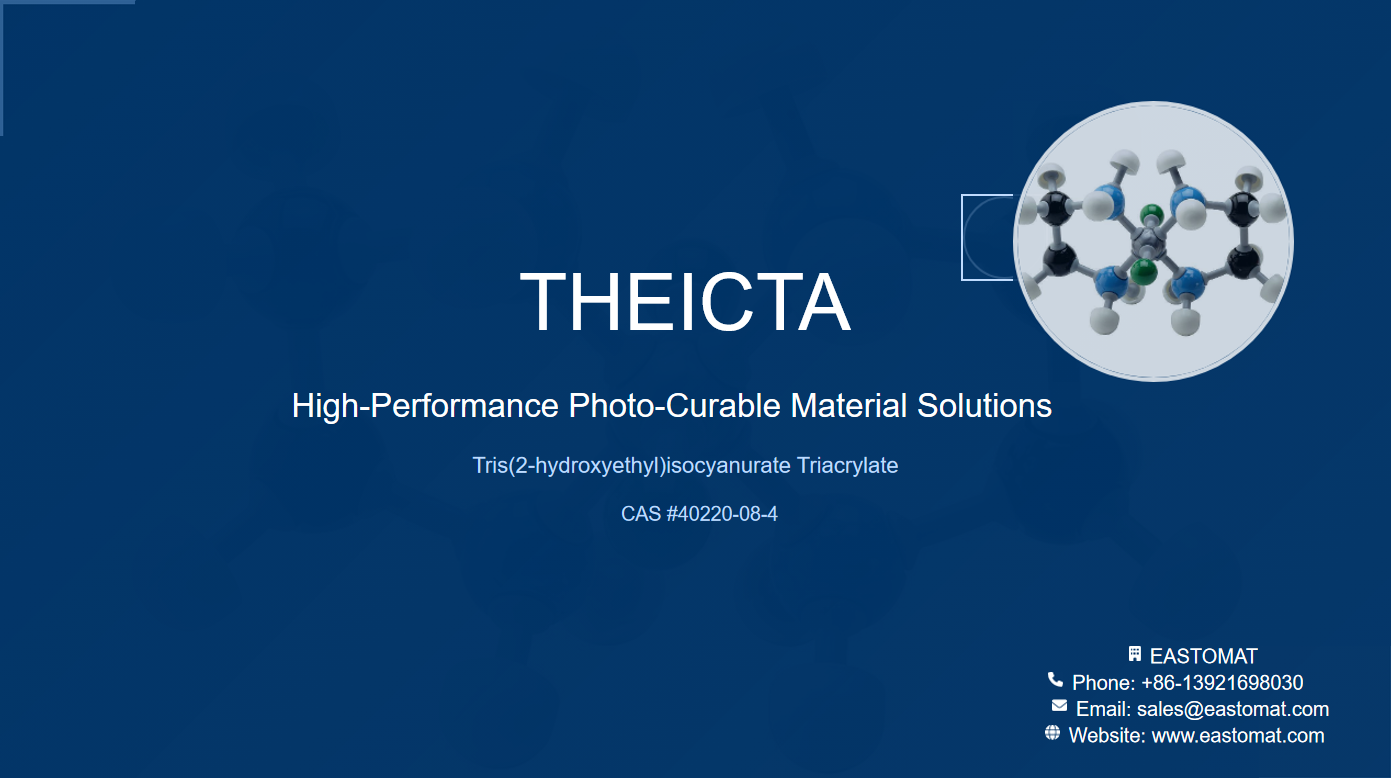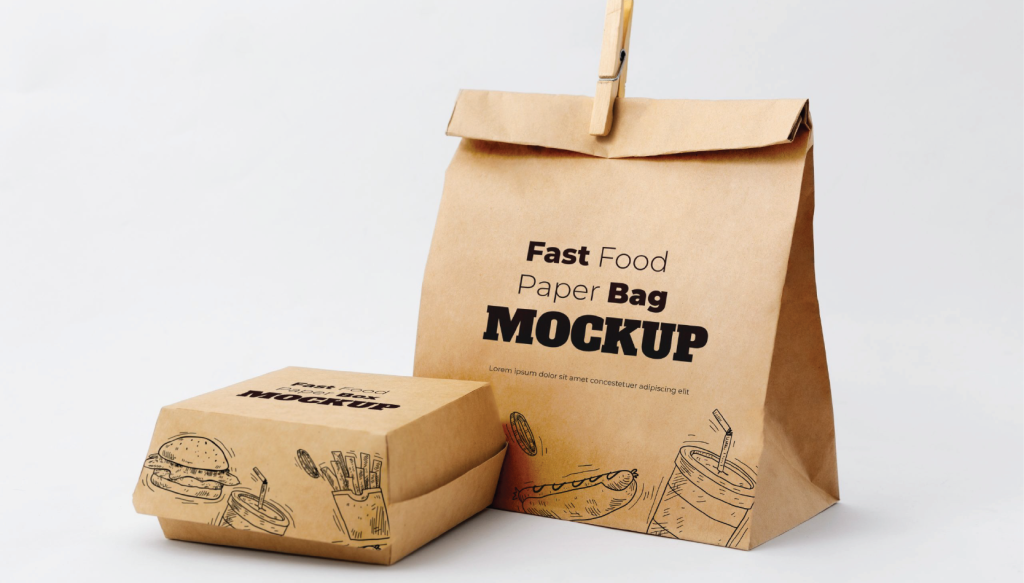Analysis of Oxygen Inhibition Effect in UV Curing Process: Causes, Mechanisms, and Countermeasures(Part 1)
Release time:
2025-06-29
Introduction: Unveiling the Secret of "Tacky" Surfaces in UV Curing
Ultraviolet (UV) curing technology, with its advantages of fast curing (seconds), zero volatile organic compound (VOC) emissions, and low energy consumption, has become an indispensable core process in coatings, inks, adhesives, and even cutting-edge 3D printing. It presents a picture of efficient and environmentally friendly modern industry. However, underneath this picture, a common and thorny problem often troubles engineers and technicians: why do products, immediately after UV lamp exposure, often feel tacky, incompletely cured, and even leave unsightly marks with a light scratch?
The culprit behind this phenomenon is the ubiquitous air—specifically, oxygen in the air. This curing inhibition phenomenon caused by oxygen is chemically known as the oxygen inhibition effect. It acts like an invisible "killer," specifically attacking the most critical surface layer of the curing reaction, leading to a series of quality defects such as insufficient surface hardness, reduced gloss, and poor chemical resistance.
Oxygen inhibition is not just a surface phenomenon; it directly relates to the final performance and reliability of the product. Understanding its underlying chemical principles is a prerequisite for effectively solving this industrial problem.
This article aims to systematically unveil the mystery of oxygen inhibition. We will start from the basics of free radical polymerization and delve into how oxygen interferes with the chemical mechanism of the curing reaction. Subsequently, we will comprehensively review and evaluate various countermeasures adopted by the industry, ranging from formulation design and process optimization to the application of efficient additives. Finally, this article will also look forward to cutting-edge research and future trends in this field, providing a solution framework with both theoretical depth and practical value for relevant practitioners.
Core Analysis: Chemical Mechanism and Impact of Oxygen Inhibition
To understand why oxygen hinders UV curing, we must first return to the core of UV curing—free radical polymerization. This is a precise chain reaction process, and the involvement of oxygen is like throwing a handful of sand into this precise instrument.
Basics of Free Radical Polymerization (Brief Introduction)
A typical UV free radical curing process can be simplified into three steps:
Chain Initiation: Photoinitiators (PI) in the formulation absorb specific wavelengths of UV light energy, cleaving to produce highly active primary free radicals (R·).
Chain Propagation: These free radicals rapidly attack the acrylate monomers or prepolymers (M) in the system, opening their double bonds to form a new, longer polymer free radical (P·). This process repeats continuously, causing the molecular chain to grow rapidly and crosslink. R· + M → P1·, Pn· + M → Pn+1·
Chain Termination: Two free radicals meet and combine, or are deactivated by other means, the reaction ends, forming a stable three-dimensional crosslinked network, i.e., completing the curing.
Among these, chain propagation is key to achieving the transition from liquid to solid. The core of oxygen inhibition is the disruption of this critical step.
Oxygen's "Troublemaking" Role: The Uniqueness of Triplet Oxygen
Approximately 21% of the air we breathe is oxygen (O2). In its ground state, oxygen molecules are unique triplet (3O2) molecules, with two unpaired electrons in their outermost orbitals having the same spin direction. This makes ground state oxygen inherently possess diradical characteristics, making it extremely prone to react with active species, which are also free radicals, in the UV curing system.
Core Reaction Pathways of Oxygen Inhibition
Oxygen interferes with the curing process through multiple pathways, the most important of which are the following three, which together constitute the complete mechanism of the oxygen inhibition effect:
Pathway 1: Quenching Excited Photoinitiators After absorbing photon energy, photoinitiators first enter a short-lived excited singlet state, and then partially transition to a longer-lived excited triplet state (3PI*). This excited triplet state is a precursor for generating active free radicals. However, triplet oxygen can undergo energy transfer with the excited triplet photoinitiator, deactivating it back to the ground state, while the oxygen itself is excited into highly active singlet oxygen. This process is called physical quenching, which reduces the number of effective free radicals generated at the source.
Pathway 2: Consuming Primary Free Radicals The primary free radicals (R·) successfully produced by photoinitiator decomposition are supposed to initiate polymerization. But oxygen reacts with them extremely quickly, forming a peroxyl radical (ROO·). The rate constant for this reaction is extremely high, meaning that oxygen is a powerful "scavenger" for primary free radicals.
R· (high activity) +O2 → ROO· (low activity)
Pathway 3: Interrupting Polymer Chain Growth This is the most crucial and destructive step of oxygen inhibition. The rapidly growing polymer chain radicals (P·) also react with oxygen diffused into the system, forming polymer peroxyl radicals (POO·).
P· (high activity) + O2 → POO· (low activity)
The "Culprit": Peroxyl Radicals (ROO·/POO·)
Why are the generated peroxyl radicals considered the "culprits"? The key lies in their extremely low reactivity. Due to the strong electronegativity of oxygen atoms, the free radical electron cloud of peroxyl radicals (ROO·/POO·) is highly constrained, greatly reducing their electrophilicity, making them unable to effectively attack acrylate double bonds to continue the polymerization chain like carbon-centered free radicals (R·/P·). This is equivalent to replacing a high-speed "engine" (P·) with a nearly stalled "motor" (POO·), thus effectively terminating the chain growth reaction.
In addition, these low-activity peroxyl radicals can also trigger a series of side reactions, such as abstracting a hydrogen atom from a polymer chain or monomer, forming hydroperoxides (POOH) and a new free radical. This process not only consumes useful components but may also generate products that inhibit polymerization, making the curing system more complex.
Summary of Macroscopic Impacts
Because oxygen concentration is highest at the material-air interface and decreases gradually inwards, oxygen inhibition is a typical surface effect. Its macroscopic impacts on industrial products include:
Surface Tackiness: The most direct manifestation, due to low polymer molecular weight and insufficient crosslink density in the surface layer.
Reduced Physical Properties: Significantly reduced surface hardness, scratch resistance, and abrasion resistance.
Worsened Chemical Properties: Reduced solvent resistance and chemical attack resistance.
Appearance Defects: Reduced surface gloss, possibly appearing hazy or orange-peeled.
Adhesion Problems: In multi-layer coating processes, poorly cured surface layers can seriously affect the adhesion of subsequent coatings.
Oxygen Inhibition
Latest News
Get a Free Consultancy
NANTONG EASTO MATERIALS TECHNOLOGY CO.,LTD.

No.118,Zhujiang Rd.,Juegang St.,Rudong County,
Nantong City,Jiangsu Province,226400,China




 2025-06-29
2025-06-29






